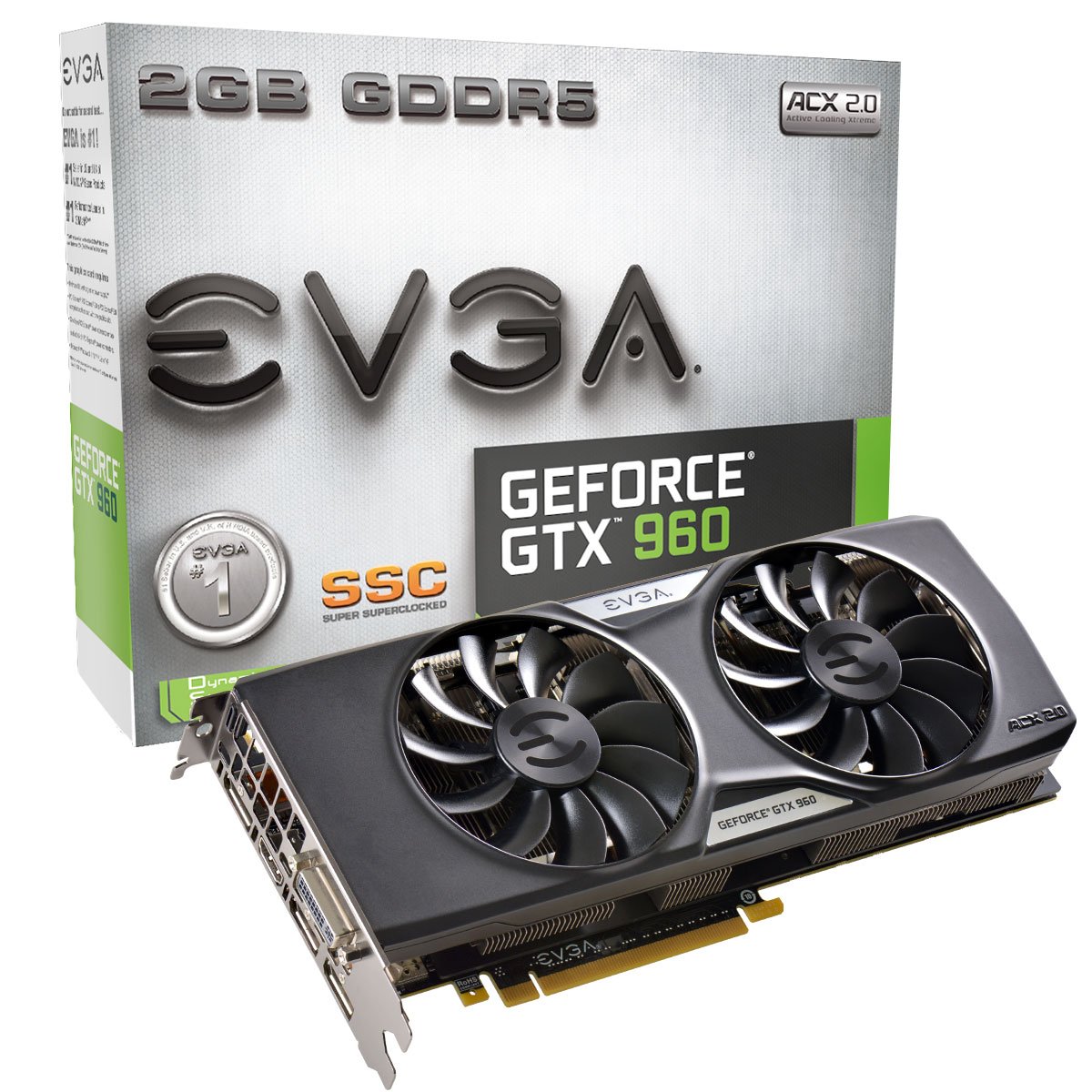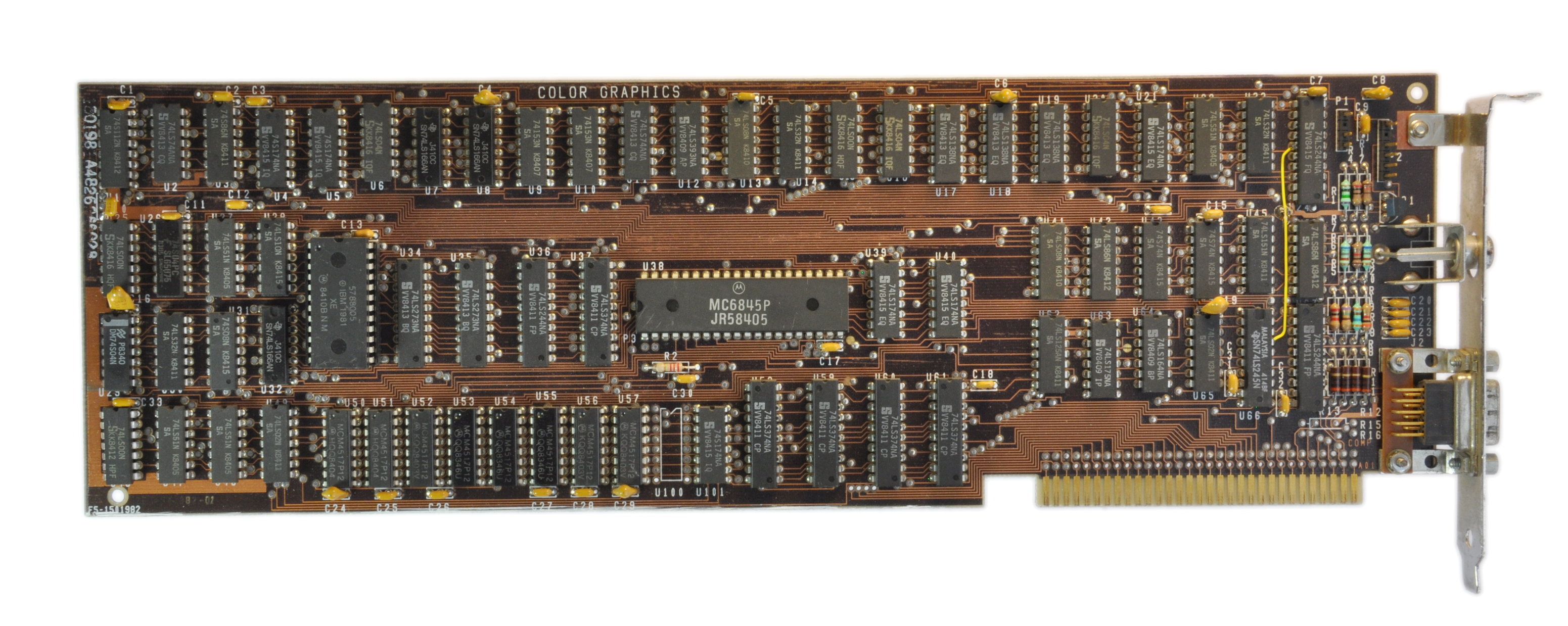Have you ever experienced the frustration of your Windows 7 monitor constantly turning on and off?
Verify and Secure Cable Connections

1. Check the cable connections: Ensure that all cables, including the power cable and video cables (such as HDMI or USB-C), are securely connected to both the monitor and the computer hardware. If necessary, unplug and re-plug the cables to ensure a proper connection.
2. Inspect the cables for damage: Examine the cables for any signs of physical damage or wear. If you notice any frayed wires or bent connectors, replace the cables with new ones to prevent any potential signal issues.
3. Clean the cable connectors: Use a soft, lint-free cloth to gently clean the cable connectors. Dust or debris on the connectors can interfere with the signal transmission. Make sure to also clean the ports on both the monitor and the computer.
4. Check the power source: Ensure that the power cord is securely plugged into both the monitor and a functioning power outlet. If the monitor is connected to a power strip or surge protector, try plugging it directly into the wall outlet to rule out any potential power issues.
5. Test with a different cable: If possible, try using a different cable to connect your monitor to the computer. This will help determine if the issue lies with the cable itself.
6. Update drivers and operating system: Visit the manufacturer’s website for your graphics card or monitor to download and install the latest drivers. Additionally, make sure your operating system (such as Microsoft Windows 7) is up to date with the latest patches and updates.
Adjust Power Settings
To adjust the power settings on your Windows 7 computer and prevent the monitor from turning on and off, follow these steps:
1. Click on the “Start” button and select “Control Panel.”
2. In the Control Panel, click on “System and Security” and then “Power Options.”
3. Under the “Preferred plans” section, select “Change plan settings” for the plan you are currently using.
4. In the next window, click on “Change advanced power settings.”
5. A new window will appear with various power options. Look for “Display” and click on the “+” sign next to it to expand the options.
6. Locate the “Turn off display” option and click on the “+” sign next to it.
7. Adjust the settings according to your preference. To prevent the monitor from turning off, select a longer time period or choose “Never” from the drop-down menu.
8. Click “Apply” and then “OK” to save the changes.
Troubleshoot Graphics Card Issues
- Check the connections: Ensure that the graphics card is securely plugged into the motherboard and that all cables are properly connected.
- Update graphics card drivers: Visit the manufacturer’s website and download the latest drivers for your graphics card.
- Verify power supply: Make sure that the power supply is providing enough power to the graphics card.
- Check for overheating: Clean the graphics card and ensure that it is not overheating. Consider installing additional cooling solutions if necessary.

- Disable power-saving mode: Adjust the power settings to prevent the monitor from turning off due to power-saving features.
- Restart the computer: Sometimes a simple restart can resolve graphics card issues.
- Test the monitor: Connect the monitor to another computer or use a different monitor to determine if the issue is with the graphics card or the monitor itself.
- Disable integrated graphics: If using a computer with integrated graphics, disable them in the BIOS settings to ensure the dedicated graphics card is being utilized properly.

- Check for conflicts: Ensure that there are no conflicts with other hardware or software that may be causing the monitor to turn on and off.
- Perform a system restore: If the issue started recently, consider performing a system restore to revert the computer back to a previous state where the graphics card was functioning properly.
Update or Reinstall Graphics Drivers
If your Windows 7 monitor keeps turning on and off, it might be due to outdated or corrupted graphics drivers. To fix this issue, you can update or reinstall your graphics drivers. Here’s how:
1. Identify your graphics card: First, you need to know the make and model of your graphics card. You can find this information in the Device Manager. Press the Windows key + R, type “devmgmt.msc” and hit Enter. Expand the “Display adapters” category to see your graphics card.
2. Download the latest drivers: Visit the website of your graphics card manufacturer, such as NVIDIA or AMD, and download the latest drivers for your specific graphics card model. Make sure to choose the correct operating system version (Windows 7) and architecture (32-bit or 64-bit).
3. Uninstall the current drivers: Press the Windows key + X and select “Device Manager” from the menu. Expand the “Display adapters” category, right-click on your graphics card, and select “Uninstall device.” Check the box that says “Delete the driver software for this device” and click on “Uninstall.”
4. Install the new drivers: Run the driver installation file that you downloaded in step 2, and follow the on-screen instructions to install the new drivers. Once the installation is complete, restart your computer.
5. Test the monitor: After the restart, check if your Windows 7 monitor is still turning on and off. If the issue persists, try connecting your monitor to a different computer to determine if it’s a hardware problem.
Investigate Third-Party Software Interference
If you are experiencing the issue of your Windows 7 monitor turning on and off, it could be due to third-party software interference. This can be a frustrating problem to deal with, but there are steps you can take to investigate and resolve the issue.
First, check if any recently installed third-party software coincides with the start of the problem. Uninstall any new software or updates that may be causing the interference. Open the Control Panel, go to Programs, and select Uninstall a program. Look for any recently installed software and remove it.
Next, check for any conflicting software running in the background. Press Ctrl + Shift + Esc to open the Task Manager. Go to the Processes tab and look for any unfamiliar or unnecessary processes running. Right-click on them and select End Task.
It’s also important to check your device drivers for any compatibility issues. Open the Device Manager by pressing Windows + X and selecting Device Manager. Look for any drivers with a yellow exclamation mark, which indicates a problem. Right-click on those drivers and select Update driver.
If the issue persists, try booting your computer in safe mode. This will help determine if the problem is caused by a software conflict. Restart your computer and press F8 repeatedly until the Advanced Boot Options menu appears. Select Safe Mode and see if the issue still occurs.
If none of these steps resolve the problem, it may be worth contacting the manufacturer or seeking professional assistance. They can provide further guidance and support in troubleshooting the issue.
FAQ
Why does my computer start but the monitor stays off?
The monitor stays off while the computer starts due to potential issues with cables, display configuration, GPU or RAM, BIOS configuration, peripheral devices, or the PSU.
Why is my screen turning on and off?
Your screen may be turning on and off due to a loose power cable. Ensure that the power cable is securely plugged in to prevent intermittent contact and monitor issues.
Why is my monitor cutting in and out?
Your monitor may be cutting in and out due to a potential problem with its connection. Ensure that the power cable is securely plugged in at both ends to troubleshoot the issue.
How do I fix my monitor from going to sleep Windows 7?
To fix your monitor from going to sleep on Windows 7, you can adjust the screen and sleep settings. Go to Start > Settings > System > Power & battery > Screen and sleep. From there, you can select the desired time for your device to wait before turning off the screen when it’s not in use.

